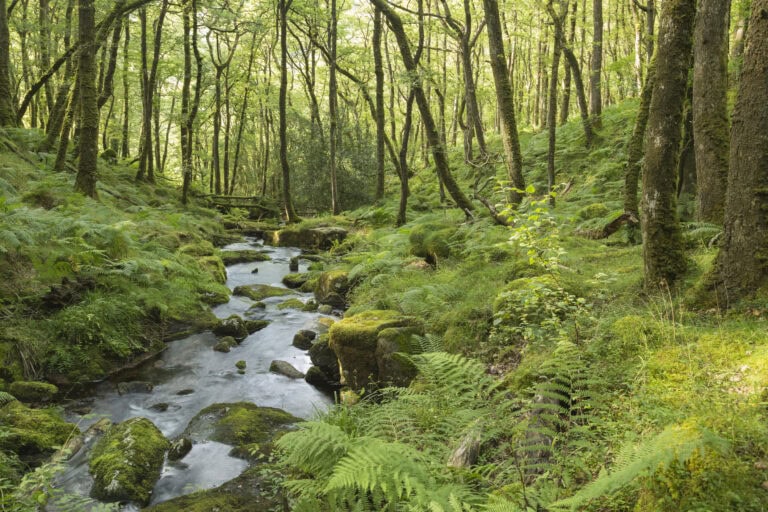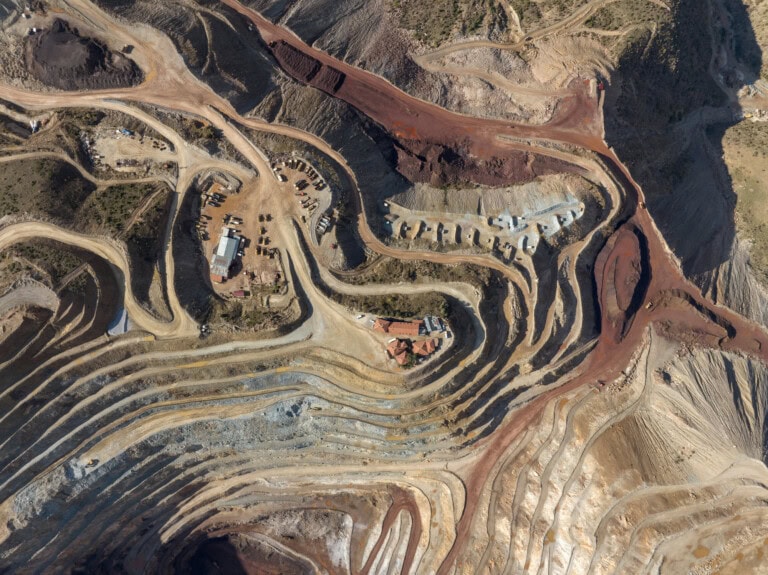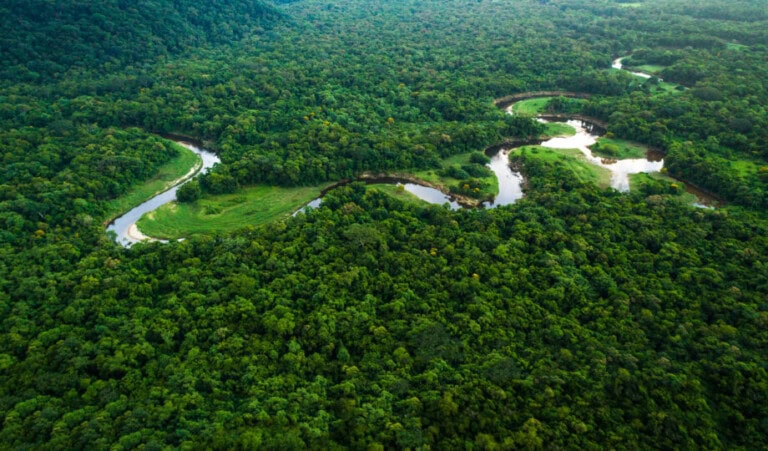Circular Economy and Nature

The over extraction of resources is one of the prime threats to nature. Following COP15 and the Kunming Montreal agreement, it’s crucial that more than ever we hold nature centrally in all our work. As part of this, we’re examining how a circular economy can reduce our industry’s impact on nature outside of the footprint of a development.
What is the Link Between the Circular Economy and Nature?
The majority of the building materials we use come from nature. Globally, the built environment has a high demand for these resources which leads to over extraction and therefore, the degradation of natural environments. Harnessing the circular economy, and reusing materials already in the system, closes the loop and reduces the need to extract these resources. This in turn means there’s less pressure on crucial wildlife habitats and therefore less decline in global biodiversity. If properly implemented, a mature circular economy should not just be slowing this decline but be regenerative and work to restore these habitats.
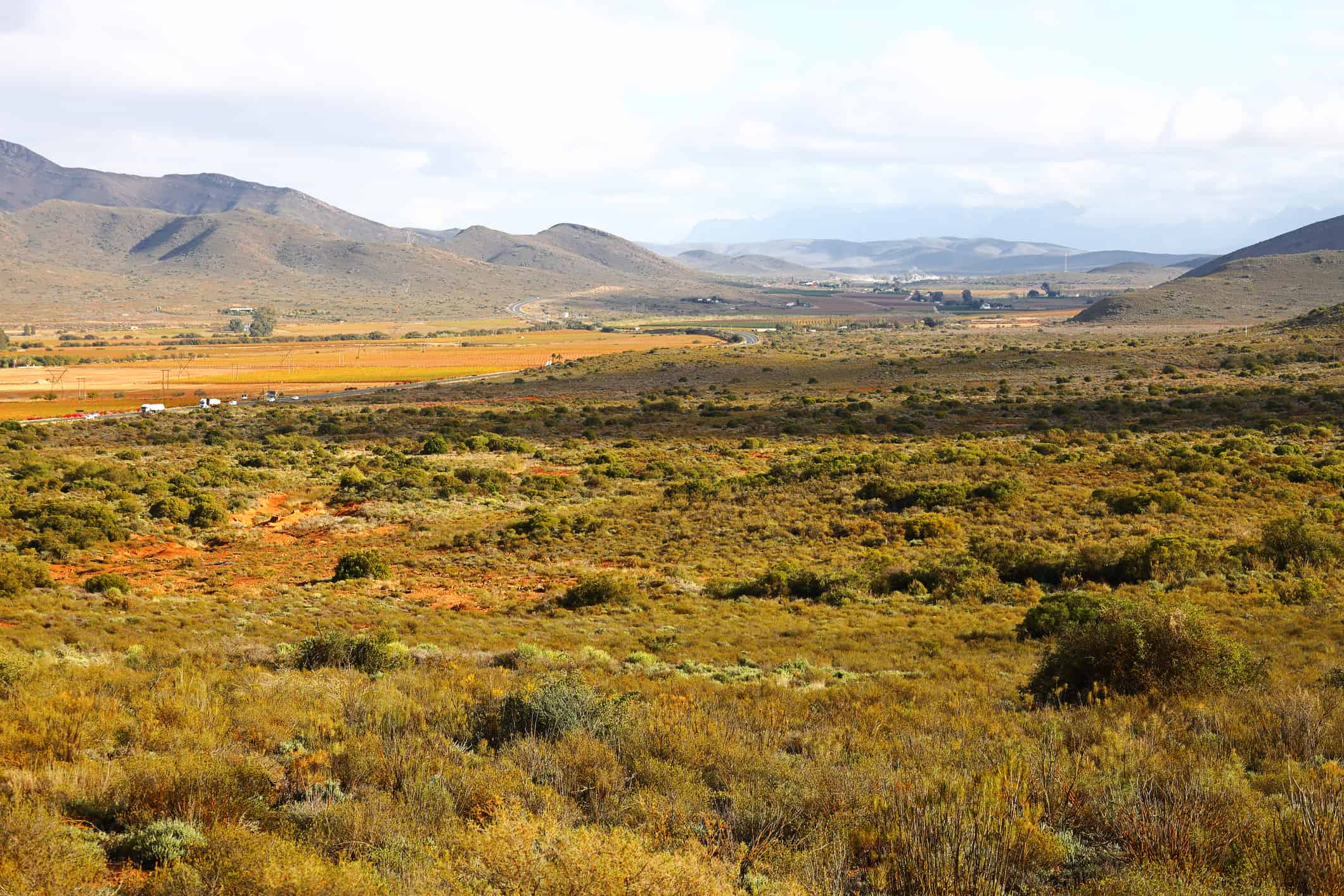
What does this mean for built environment practionners?
Leadership
Individual
Related Blogs
What are the environmental impacts of construction materials? An introduction to Embodied Ecological Impacts

COP15: Nature as a service; Nature as a lifeline
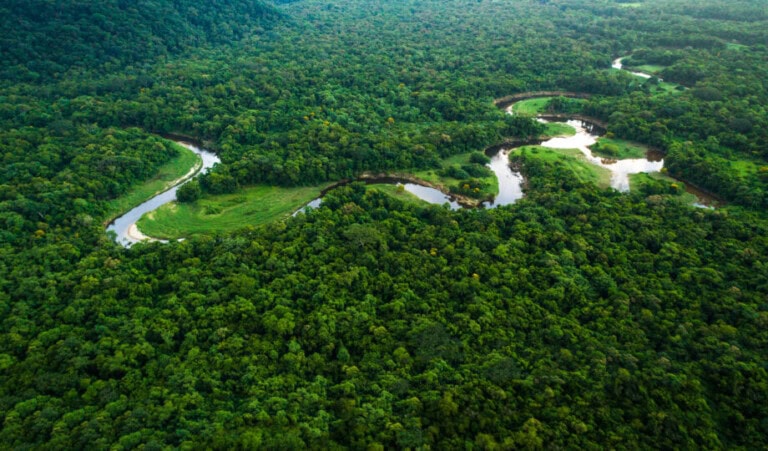
How a Circular Economy Can Fight Biodiversity Loss
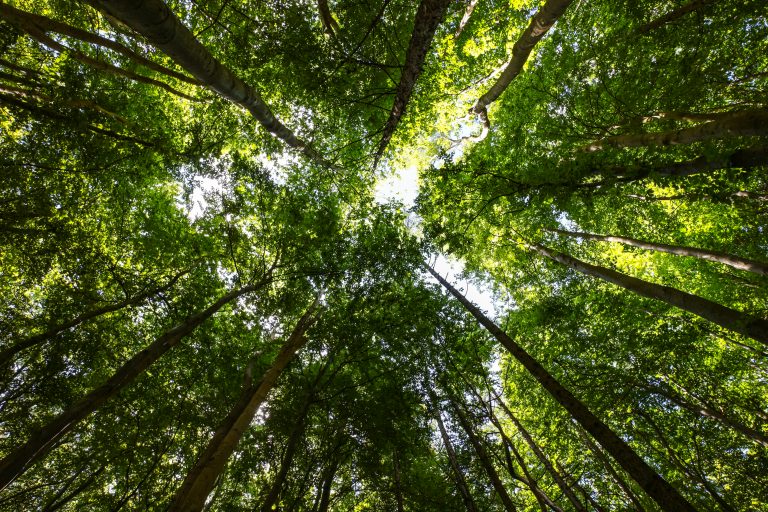
UKGBC’s upcoming Embodied Ecological Impacts of the Built Environment Project
